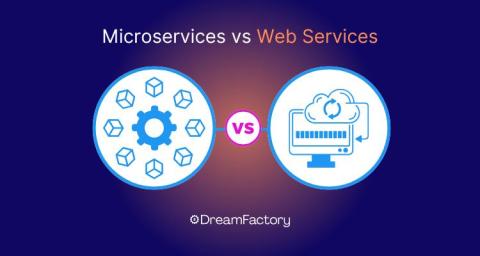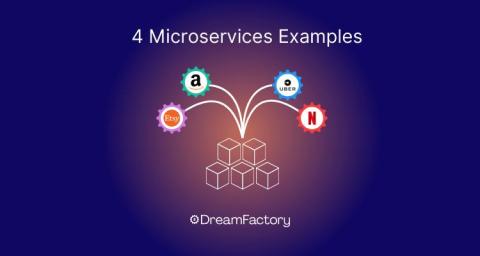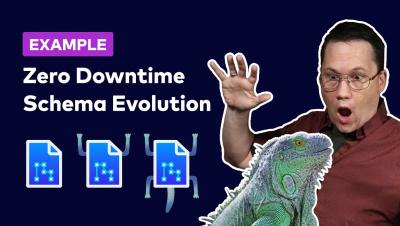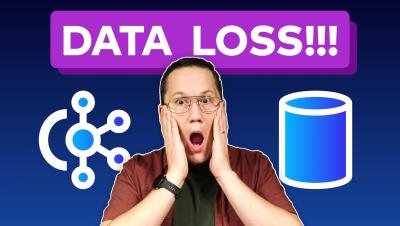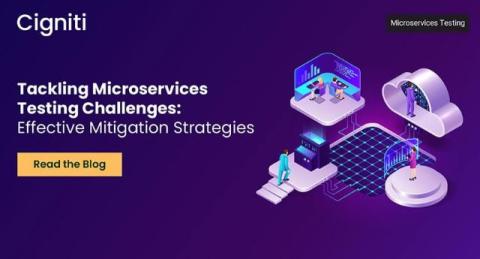ESB vs. Microservices: Understanding Key Differences
Microservices are an approach to building applications that focuses on breaking down monolithic applications into independent, but loosely-connected “microservices.” ESBs and microservices are both architectural approaches for integrating applications, but they have different strengths and weaknesses. ESBs are better suited for integrating monolithic applications, while microservices are better suited for building scalable and resilient applications.




